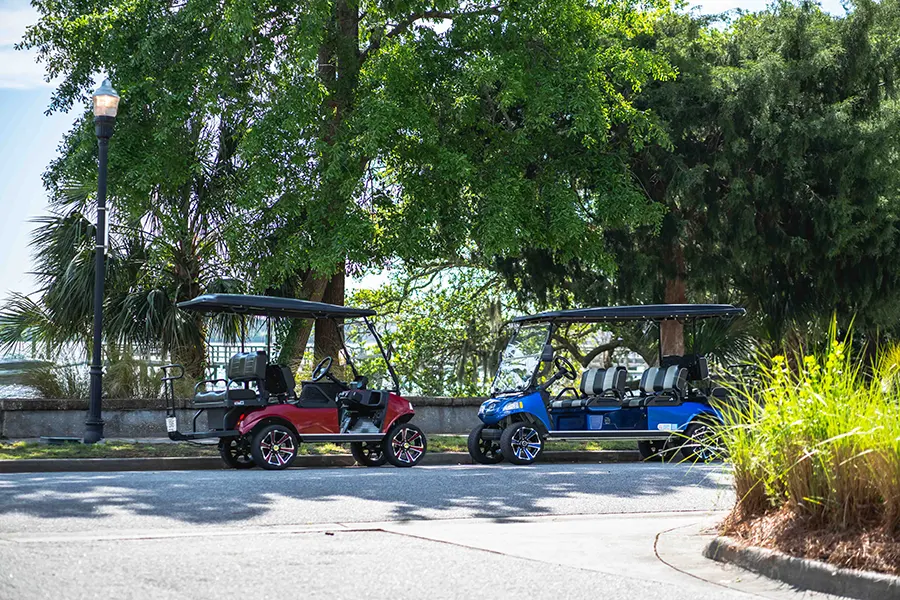
Low Speed Vehicles Definition Requirements and Difference from Golf Carts
Low speed vehicles and low speed electric vehicle are 4-wheeled vehicles limited to 20–25 mph, requiring specific safety gear and registration under federal law.
What Is a Low Speed Vehicle?
A neighborhood electric vehicles is defined by federal regulations as a four-wheeled motor vehicle with a top speed between 20 mph and 25 mph. NEV must weigh less than 3,000 lbs and be primarily designed for use on roads with speed limits of 35 mph or less. Common examples include neighborhood utility vehicles, resort shuttles, and certain street-legal golf carts.
Low Speed Vehicle Equipment Requirements
To be legal for public road use, an NEV must be equipped with the following safety features:
- Headlights and tail lights
- Brake lights and turn signals
- Side and rear reflectors
- Exterior mirrors (driver and passenger sides)
- Windshield made of automotive safety glass
- Seat belts for all seating positions
- Parking brake
- Horn
- Tires meeting DOT standards
- Vehicle Identification Number (VIN)
These requirements ensure that NEV provide basic protection for occupants and other road users.
Golf Carts vs. Low Speed Vehicles
While golf carts and NEV share similarities—both are often electric, low-speed, and used for short trips—key differences exist:
- Speed and Classification: Standard golf carts are not regulated by federal NEV rules and often top out around 15 mph. NEV must reach at least 20 mph and not exceed 25 mph to qualify.
- Safety Equipment: Golf carts typically lack DOT-required equipment such as turn signals, seat belts, and VINs. ENV must include all mandated gear to be legal for public road use.
- Registration and Licensing: Golf carts used off-course usually need no registration. NEV require titling, registration, license plates, and insurance, similar to regular vehicles.
- Use Cases: Golf carts are primarily intended for course travel or private property. NEV are approved for public roads (with speed limits ≤ 35 mph) and suburban or commercial use.
State and Local Regulations
Although federal law defines NEV standards, individual states set rules for where NEV can operate, minimum driver age, and licensing requirements. For example:
- Florida: Allows NEV on roads with posted limits up to 35 mph; driver’s license required.
- California: Permits NEV on streets with posted limits of 35 mph or less; must register and insure.
- Texas: Local municipalities may authorize NEV on certain roads; registration and insurance mandated.
Always check local DMV or transportation department guidelines before driving an NEV.
Conclusion
Understanding the definition and equipment requirements for low speed vehicles is crucial for safe and legal operation. While golf carts remain popular for private and course use, NEV offer broader licensed for public roads functionality when properly equipped, registered, and insured.
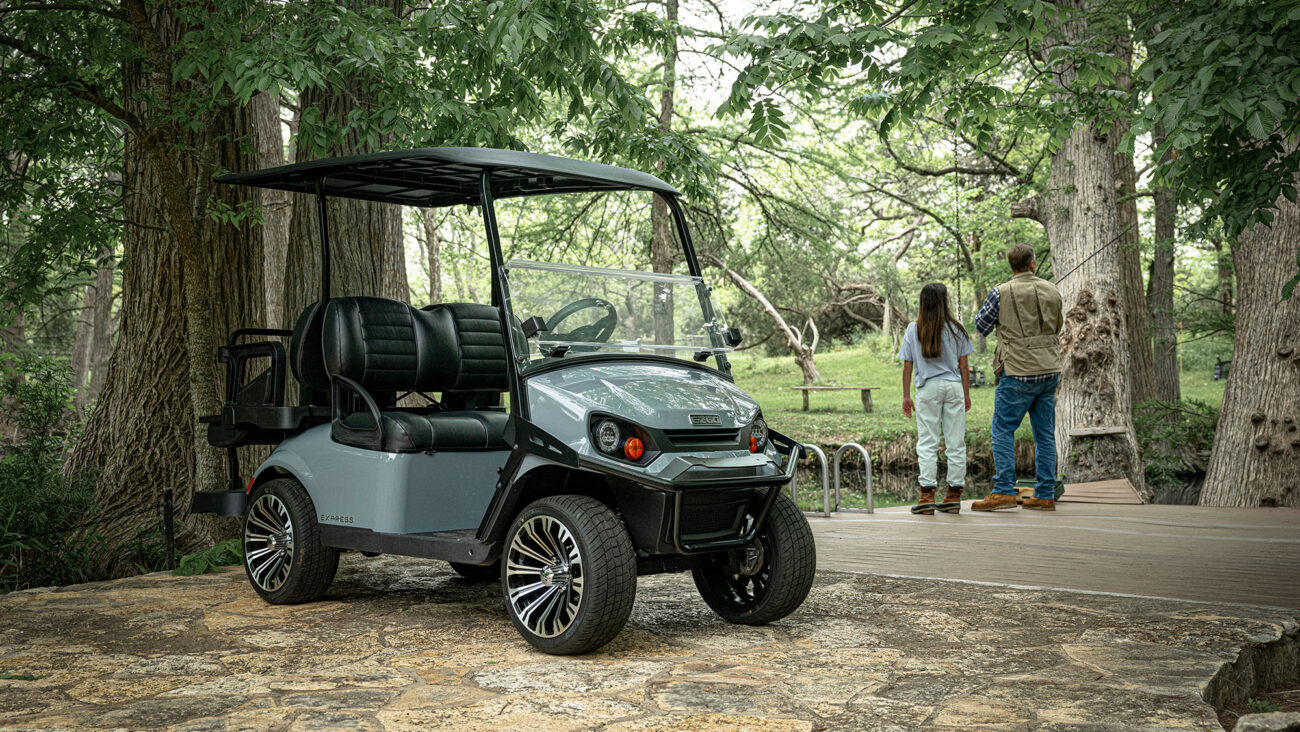
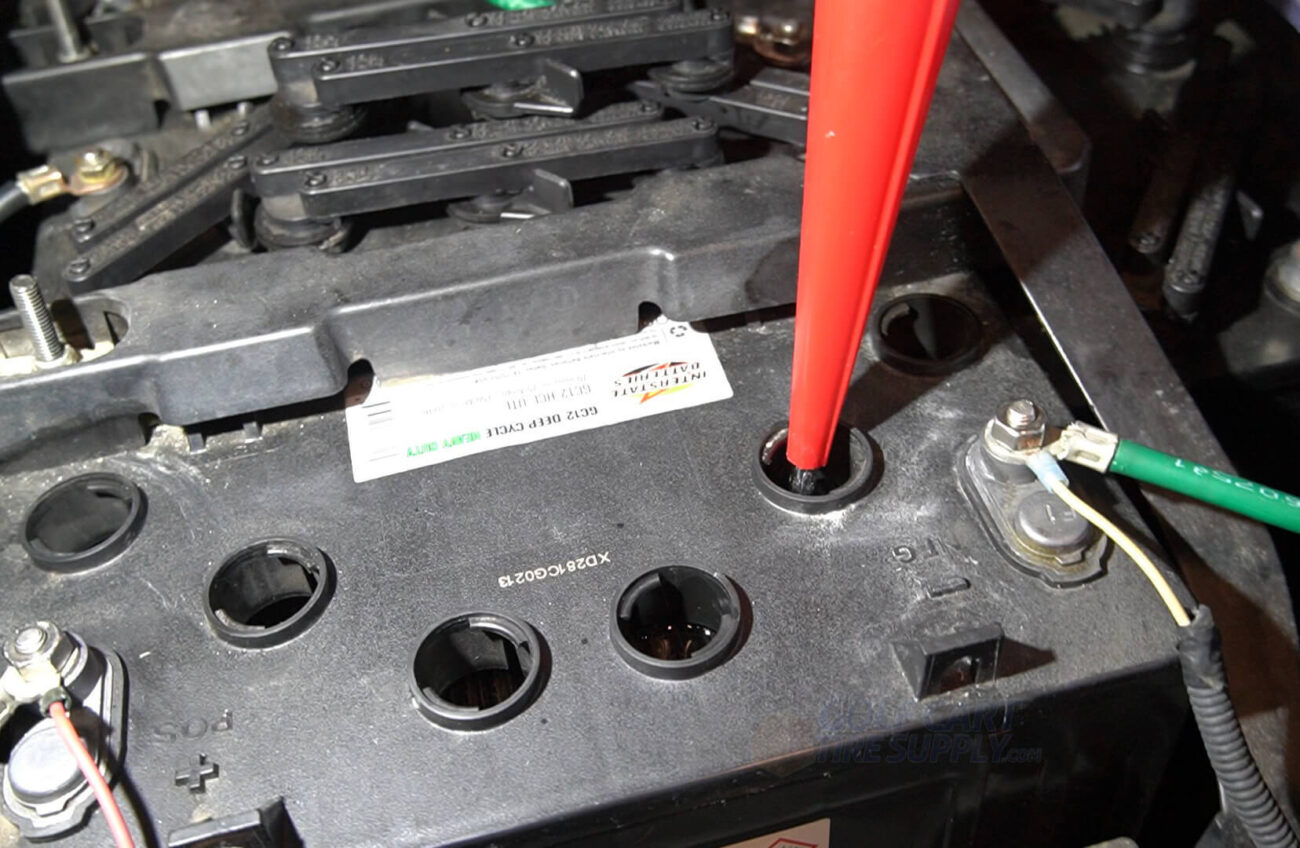
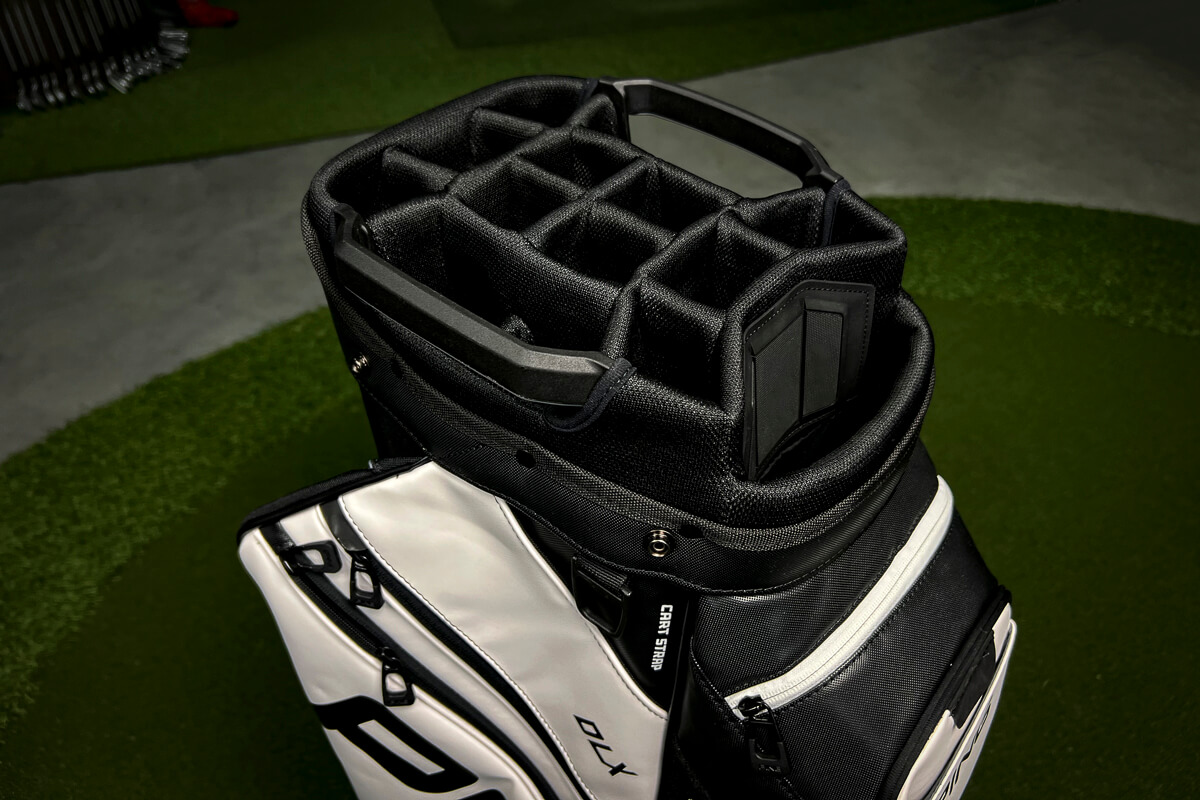

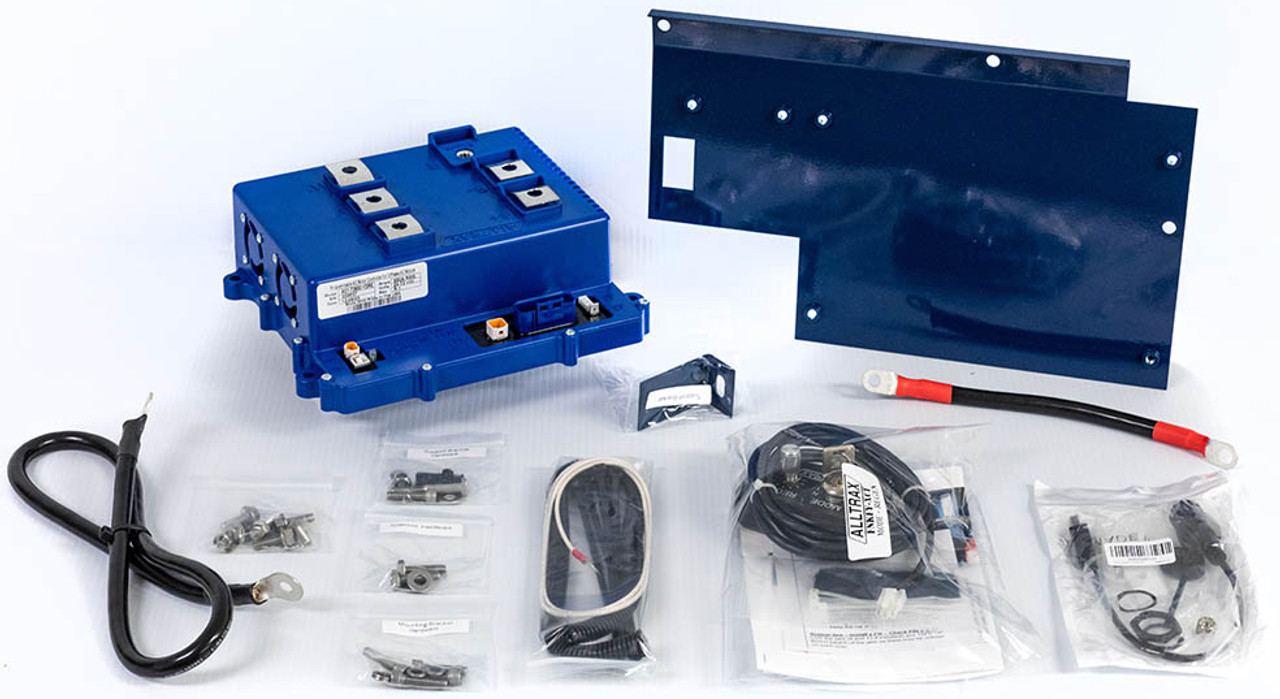
Add a review
Your email address will not be published. Required fields are marked *